More about Kindergarten in Amsterdam
- All
- Info
- Shop

Sr. Contributor
The expressions on the faces of the children in Max Liebermann’s Kindergarten in Amsterdam tell the story of children whose parents have left them with strangers.
As you dig into research about this painting, two things become immediately obvious. First, translation is a big issue with this work. The title alone has been translated in various ways. Originally, it was titled Kleinkinderschule von Amsterdam. In addition to the common translation of Kleinkinderschule as “kindergarten” (or “kindergarden”), the painting has also been called the Infant School, Infant’s School, Toddler School, and Children’s Nursery.
Second, and more intriguingly, you find that although little has been written about the painting itself, the work is regularly used to illustrate articles about the history of early kindergartens. In fact, it seems that how people view this work has a lot more to do with how they think of this precious time in a child’s life than anything to do with the painting itself.
Case in point: an 1893 issue of "Art Journal" describes the painting as remarkable because of “its breath of sweet, innocent, unconscious childhood.” But take a look at the faces of the children in this painting and ask yourself if that is really what you see there.
So-called kindergartens were created at the end of the 18th century because children, particularly in Bavaria and Strasbourg, started to live in homes where both parents worked outside the home. The children had to go somewhere while the parents earned a paycheck. The point of these schools was often to make these young children fit for work.
However, by the time of Liebermann’s painting, ideas about children had shifted. The kindergarten had become a place of play. Some of the children in this painting do seem to be playing or at least engaged in coloring. However, several of them look stoic and unhappy. The teacher sits to the side knitting, not engaging with the students at all. It seems to perfectly represent the difference between the ideal of kindergarten and its reality. A great teacher can make all the difference in how children learn.
At the same time, the painting represents a middle ground in Liebermann’s own work. His early work is Realism or Naturalism. Later, he became known as the father of German Impressionism. It’s widely argued that the shift occurred in the 1890s. The period just before, during which this painting was crafted, is a middle period. Yet, this painting is also frequently cited as one of the earliest examples of his Impressionist work. It’s a case, yet again, of this painting not truly occupying one space or the other.
Sources
- The Art Journal Vol. 55, 1893, https://books.google.com/books?id=V-FMAQAAMAAJ
- ArchInForm, https://www.archinform.net/stich/588.htm
- Eschner, Kat. “A Little History of American Kindergartens” Smithsonian.com, https://www.smithsonianmag.com/smart-news/little-history-american-kinde… 5/16/17
- Deshmukh, Marion et al. Max Liebermann and International Modernism. Berghann Books, 2011.

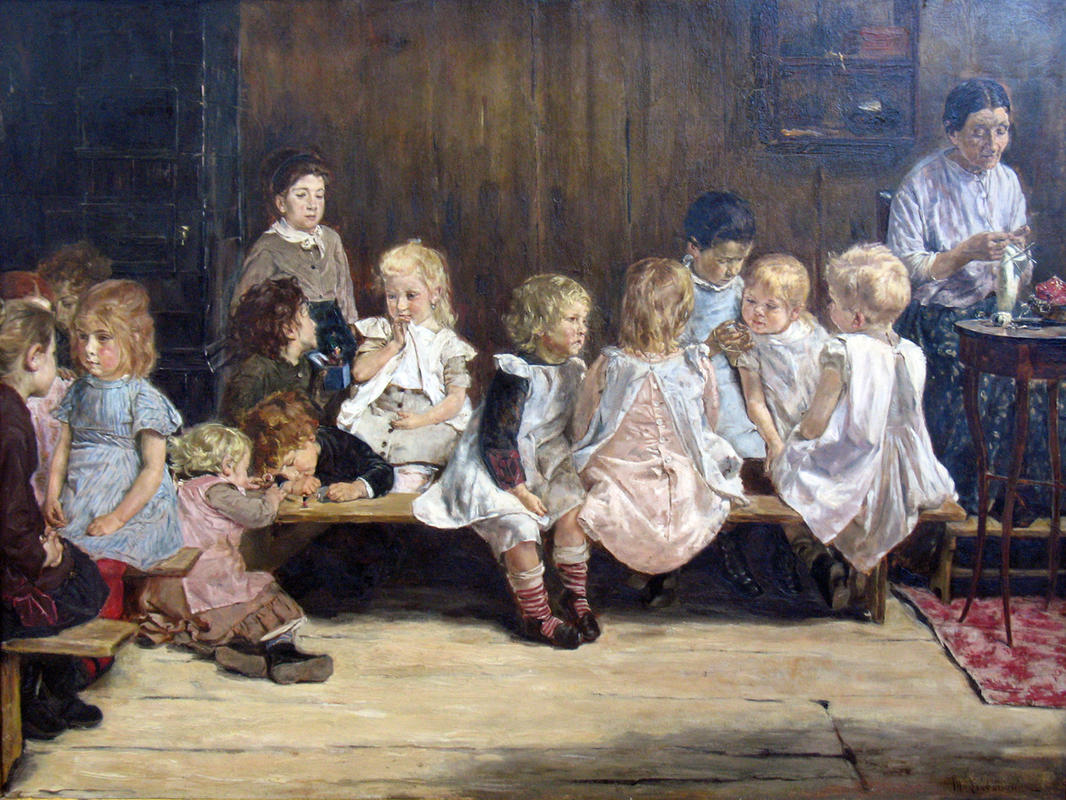
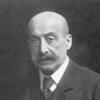
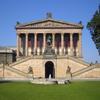
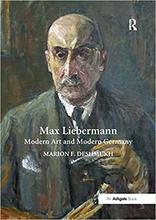
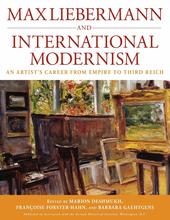








They look too well dressed and well behaved. The blondness checks out though...